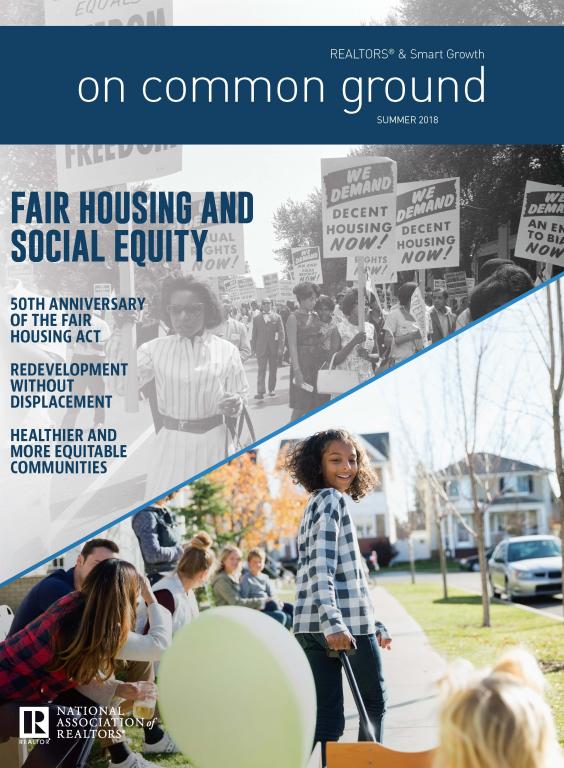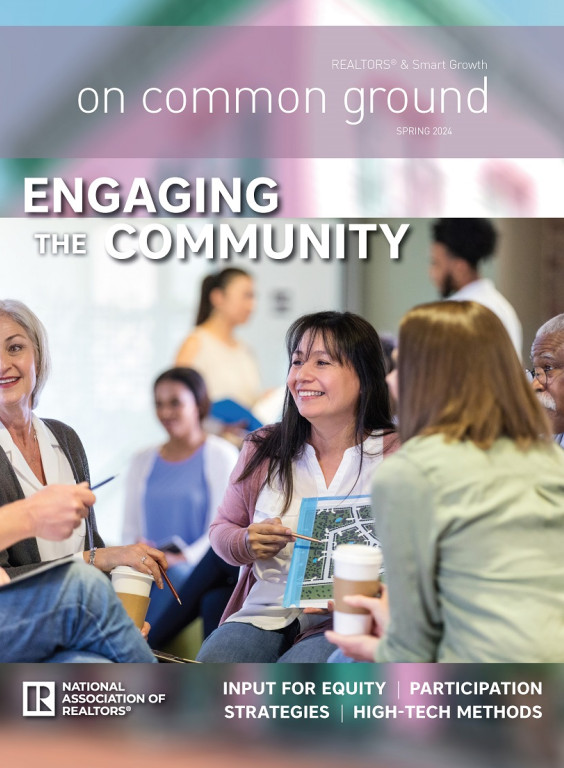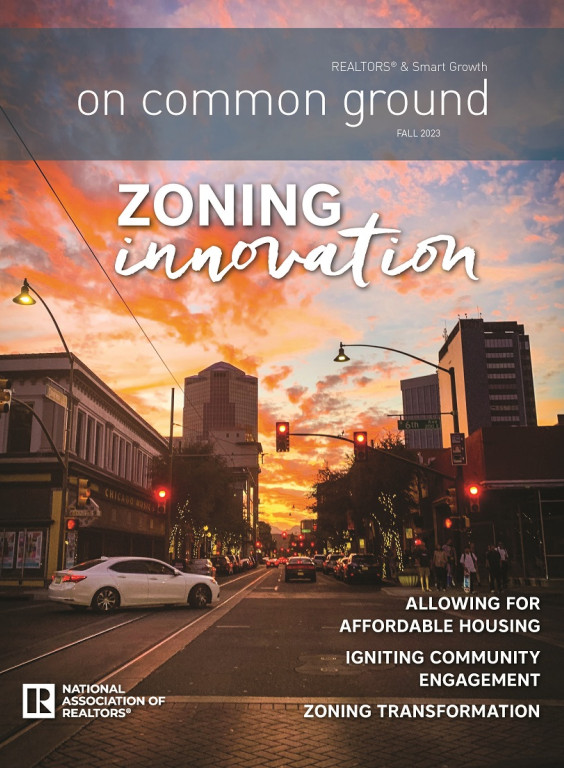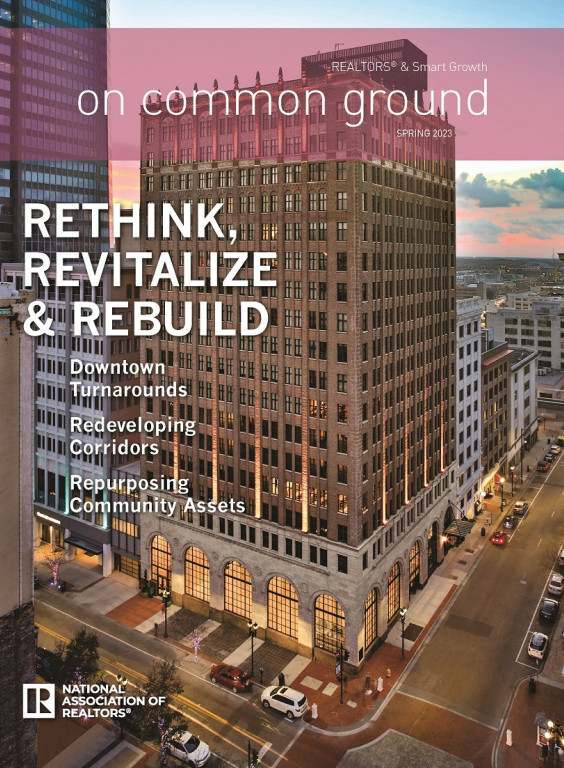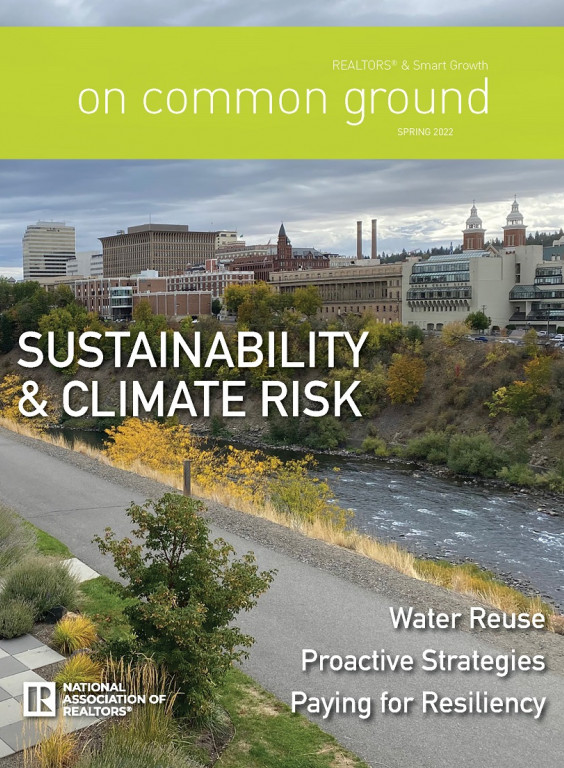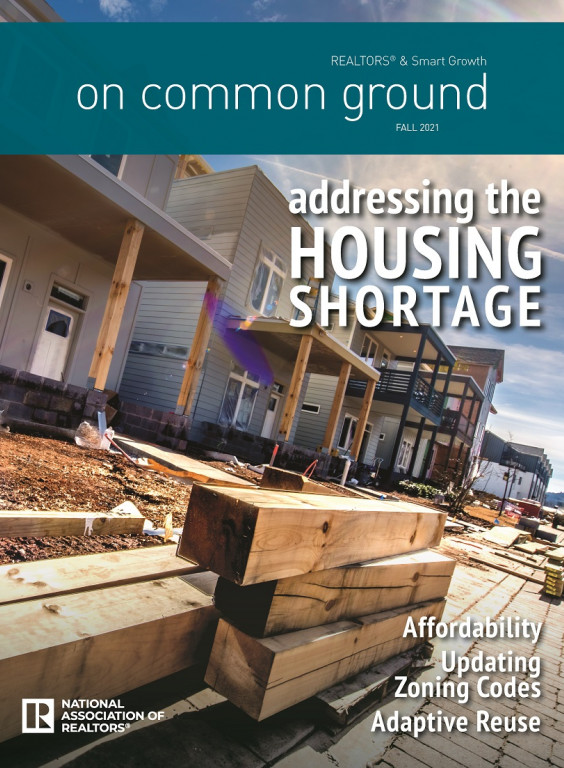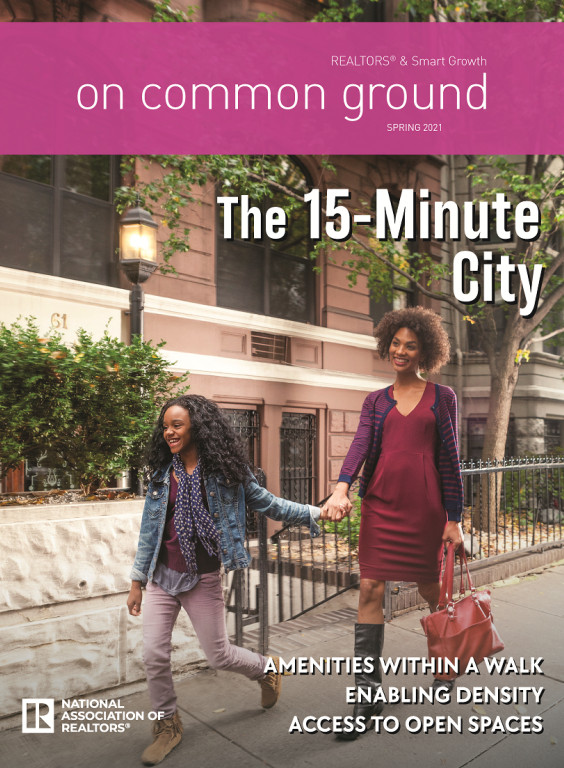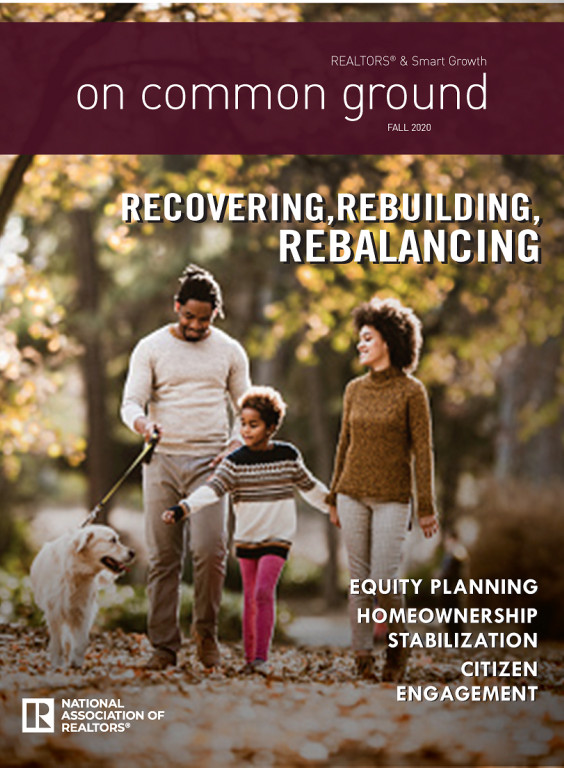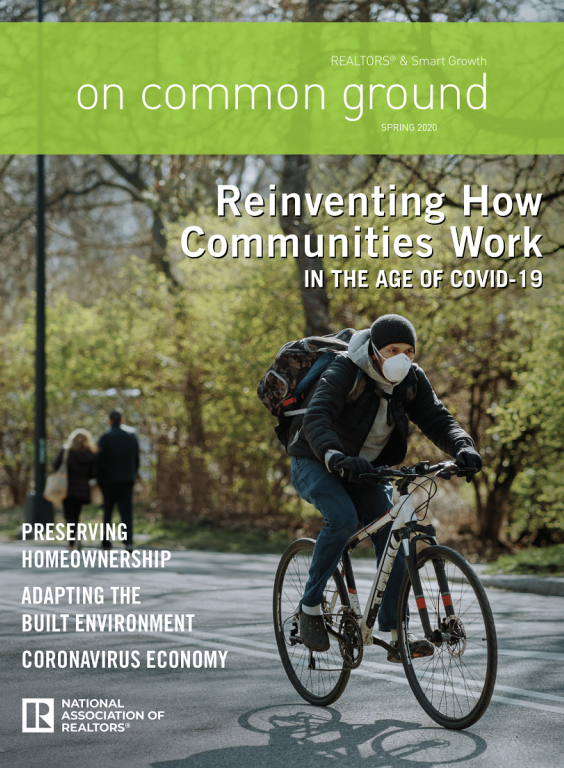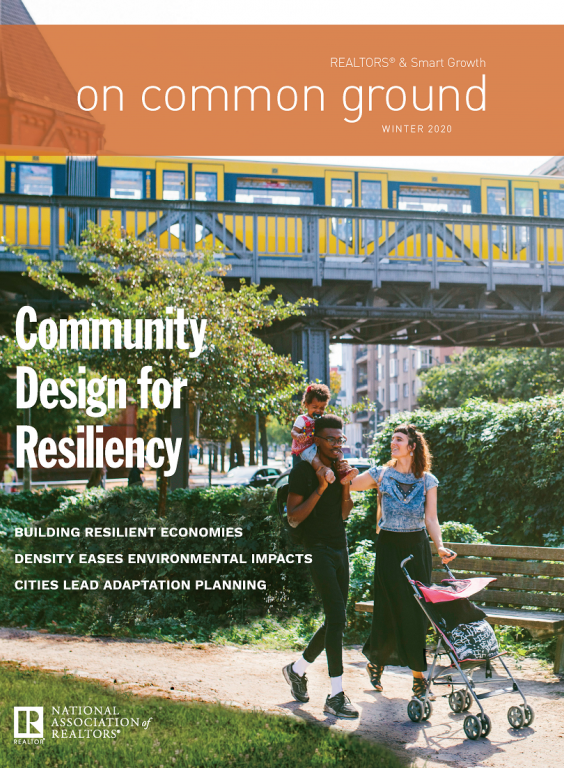Fair housing is more than just anti-discrimination. It is critical that our society provide opportunities for all people to achieve wellbeing and reach their potential. Differences in access to health care, healthy food, and a clean environment have provided barriers that have disproportionately affected people of color and the poor. In this issue of On Common Ground, we discuss the multiple components that we need to address to achieve social equity — providing the opportunities and pathways to success so that all Americans can prosper.
In This Issue
As developers zero in on urban markets, housing advocates are stepping in with measures that seek to ensure long-time residents are included and protected.
Passage of the Fair Housing Act half a century ago was an “incredibly important milestone in our nation’s history, making housing discrimination on the basis of race and other classes illegal,”...
Try to imagine a world without the internet. That would be difficult for most of us, but for large portions of rural areas and many urban communities in our country, high-speed internet is unaffordable or, oftentimes, unavailable.
For the average middle-class family in the United States, getting access to high-quality food and produce usually means just hopping into the mini-van and driving a mile or less to the grocery store.
A real estate professional should be familiar with the concepts of Universal Design and Inclusive Mobility when serving a client with a mobility impairment.
When you were an up-and-coming young professional, you bought a house. Not just any house — your dream house. You lovingly decorated it and put your mark on it. Later, you married and raised your children in this house. Twenty years later, you owned..













